Mni Sota Makoce

THE LAND
of the DAKOTA
GWEN WESTERMAN
&
BRUCE WHITE
FOREWORD by GLENN WASICUNA


2012 by the Minnesota Historical Society. All rights reserved.
No part of this book may be used or reproduced in any manner whatsoever without written permission except in the case of brief quotations embodied in critical articles and reviews. For information, write to the Minnesota Historical Society Press, 345 Kellogg Blvd. W., St. Paul, MN 55102-1906.
www.mhspress.org
The Minnesota Historical Society Press is a member of the Association of American University Presses.
Manufactured in the United States of America
10 9 8 7 6 5 4 3 2 1
 The paper used in this publication meets the minimum requirements of the American National Standard for Information SciencesPermanence for Printed Library Materials, ANSI Z39.48-1984.
The paper used in this publication meets the minimum requirements of the American National Standard for Information SciencesPermanence for Printed Library Materials, ANSI Z39.48-1984.
International Standard Book Number
ISBN: 978-0-87351-869-7 (paper)
ISBN: 978-0-87351-883-3 (e-book)
Library of Congress Cataloging-in-Publication Data
Westerman, Gwen.
Mni sota makoce : the land of the Dakota / Gwen Westerman and Bruce White; foreword by Glenn Wasicuna.
p. cm.
Includes bibliographical references.
ISBN 978-0-87351-869-7 (pbk.: alk. paper) ISBN 978-0-87351-883-3 (e-book)
1. Dakota IndiansMinnesotaHistory. 2. Dakota IndiansMinnesotaSocial life and customs. 3. MinnesotaHistory. 4. MinnesotaSocial life and customs. I. White, Bruce M., 1951 II. Title.
E99.D1W63 2012
977.6dc23
2012022469
Ina, ohini unikiksuyapi.
Foreword
M y father, Heaka Cuwi Maza, said, Its hard to be an Indian.
At the time, I agreed with him but I didnt really know why. Now, decades later, working with researchers, writers, and interviewees and looking into myself for Mni Sota Makoce: The Land of the Dakota , I can see the meaning come into focus. While working on this project, we were asked by people of all ages the one question that has become so familiar to us: Why didnt the schools teach us about Dakota people?
The response to this question could not be a simplistic one. The answers are many and varied. But the most important and certainly the best answer we have as Dakota people is Thank you. Thank you for asking that one question that will open up decades, generations of stories, information, answers, and ideas that we have to share with the world.
Some know the brutal history of the Dakota people. Some know dates, places, and events. Others delight in dazzling us with misspelled, misinterpreted Dakota words and names: Shakopee. Owatonna. Chaska. Winona. Although we can appreciate what has been written about us, it does not go far enough. It does not capture Dakota thought or feeling. As Dakota people we are honorable. We listen. We were told not to be who we are and we listened. We settled in every city, town, village, and hamlet imaginable. We are accountants, doctors, athletes, teachers, lawyers, professors, and journalists. In Mni Sota Makoce, know that the next time you land at MinneapolisSt. Paul International Airport, your plane could be guided in by a world-renowned championship powwow dancer in the fancy dance category. We are everywhere.
We were told not to speak our language and we listened. Now, in 2012, we are told that our language is on the verge of extinction. Somebody else told us we were Sioux, and we said, Yes, sir, we are Sioux. Somebody else came along and said, No, you are Dakota, and we said, We are Dakota. Others along the way said we are Aboriginal, Natives, Indians, Native Americans, Native Canadians. We listened politely to these things, knowing that we are ikce wicata, meaning common man.
Are we the only nation in this world that allows our language to be misspelled, misinterpreted, and mispronounced? What would the good folks of, say, Bloomington do if such mistakes were applied to their language?
As Dakota people, we were exiled, banished forever from Mni Sota Makoce. It is like being put on pause. While the rest of the world goes on, we are on pause. Now it is 2012, time to celebrate 150 years ofbeing put on pause? The anniversary date for the DakotaU.S. War is looming, and suddenly we are on play. We look at each other and think all different kinds of thoughts. It reminds me of a time years ago when I accompanied a group of high school students to a museum. They saw the usual Indian artifacts on display. At the end of the tour I asked them, what can we put in here today to tell people who we are? We all looked at each other. We did not know what to say.
We as Dakota people believe in the power of prayer. We believe in the Creator. Everything we do on a daily basis is guided by prayer. The project that developed into Mni Sota Makoce: The Land of the Dakota began and was sustained with prayer because that is the Dakota way. The people involved were guided sometimes unknowingly by the Creator. It has been an eye-opening, thought-provoking, and illuminating experience for all of us.
Thank you for picking up this book. Look at us. We have been here all this time. Talk to us. We have something to tell you. We are ikce wicatacommon man. We hurt. We cry. We laugh. We are people.
Heaka Cuwi Maza, it is hard to be an Indian because you told me also that being Dakota means every step you take is a prayer.
Wambdi Wapaha Glenn Wasicuna
GOOD THUNDER, MINNESOTA
Introduction
M innesota is a Dakota place. The Dakota people named it and left their marks in the landscape and in its history. Yet the relationship of the Dakota people to their traditional lands in Minnesota is little understood by Minnesotans today. Many history books describe the Dakota as a fierce, warlike people who lived in Minnesota prior to the arrival of whites, then disappeared. Others tell the story of the 1862 DakotaU.S. War as though those events were the only ones of significance in Dakota history.
Among the Dakota people, the importance of this place to their history and identity is well known. It is part of the oral tradition and knowledge of the people. In the written record of European encounters with Dakota people that go back three hundred years, explorers and missionaries described the Dakota, this region, and places in it, though perhaps sometimes in incomplete and garbled form. Even from these sources, the enduring eloquence of Dakota people about their connection to the land can be heard.
In an account from around 1720, an unknown Frenchman recorded the Dakota belief that the first of their people came from the ground on the prairie between the mouth of the Minnesota River and the Falls of St. Anthony. In April 1754 Dakota chiefs gathered with a French diplomat, Joseph Marin, at a fort along the Mississippi River to complain about incursions by Ojibwe into their territory. One of the chiefs laid before Marin a map of the region and said,
No one could be unaware that from the mouth of the Wisconsin to Leech Lake, these territories belong to us. On all the points and in the little rivers we have had villages. One can still see the marks of our bones which are still there, which are the remains from the Cristinaux [Cree] and the Sauteux [Ojibwe] having killed us. But they never can drive us away. These are territories that we hold from no one except the Master of Life who gave them to us. And although we have been at war against all the nations, we never abandoned them.

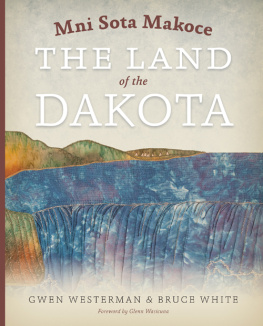
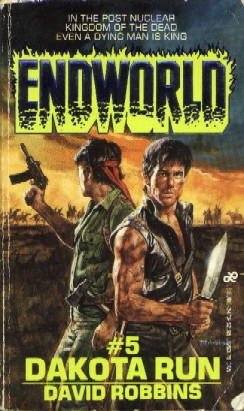

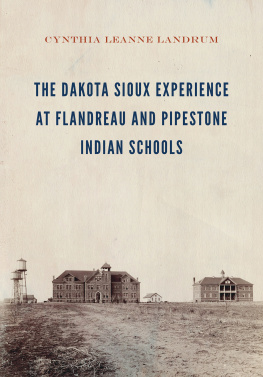
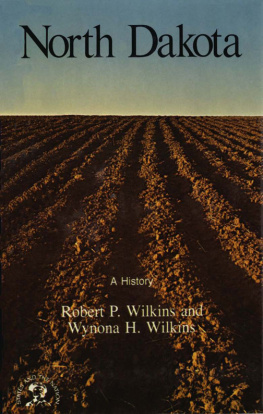
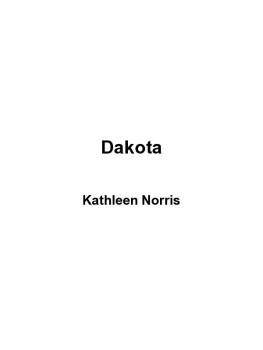
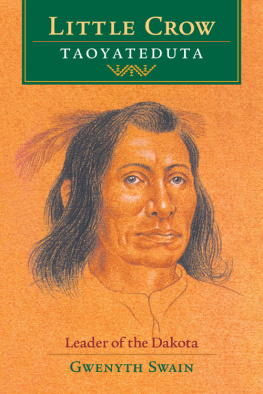
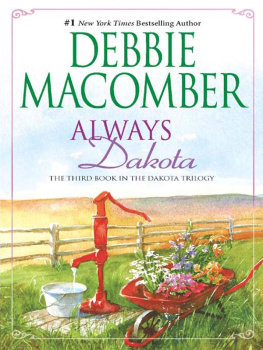
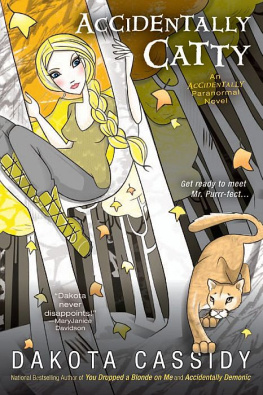



 The paper used in this publication meets the minimum requirements of the American National Standard for Information SciencesPermanence for Printed Library Materials, ANSI Z39.48-1984.
The paper used in this publication meets the minimum requirements of the American National Standard for Information SciencesPermanence for Printed Library Materials, ANSI Z39.48-1984.